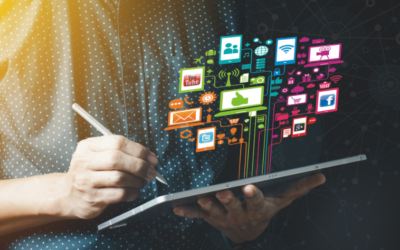1. Introduction to 5G:
- Definition: 5G is the fifth generation of mobile networks designed to provide faster data speeds, lower latency, and increased device connectivity.
- Key Features: Notable features include enhanced mobile broadband (eMBB), ultra-reliable low latency communications (URLLC), and massive machine-type communications (mMTC).
2. Historical Context:
- Advancements: 5G builds upon the progress made from 1G to 4G, incorporating technologies like improved modulation, higher frequencies, and advanced antenna systems.
- Technological Milestones: Important milestones include the development of LTE (Long-Term Evolution) and the exploration of millimeter-wave frequencies.
3. Technical Aspects of 5G:
- Frequency Bands: 5G utilizes a range of frequency bands, including low, mid, and high bands, each serving specific purposes in delivering connectivity.
- Beamforming and MIMO: Technologies like beamforming and multiple-input, multiple-output (MIMO) enhance signal quality and coverage.
4. Applications and Use Cases:
- eMBB: Enables faster download and upload speeds, improving experiences in activities like streaming, gaming, and virtual reality.
- URLLC: Provides low-latency connectivity crucial for applications like autonomous vehicles, remote medical procedures, and real-time communication.
- mMTC: Supports the massive connectivity requirements of the Internet of Things (IoT).
5. Global 5G Deployment:
- Leading Countries and Regions: Countries like South Korea, the United States, and China have been frontrunners in deploying and adopting 5G technology.
- Challenges and Opportunities: Deployment challenges include infrastructure development and regulatory hurdles, while opportunities lie in industry transformation and innovation.
6. Impact on Industries and Society:
- Smart Cities: 5G contributes to the development of smart cities by optimizing infrastructure, improving efficiency, and enhancing public services.
- Healthcare and Education: Transformative applications in healthcare and education include remote patient monitoring, telemedicine, and immersive learning experiences.
7. Future Prospects:
- 6G and Beyond: Ongoing research explores the possibilities of 6G, focusing on advancements in speed, capacity, and connectivity beyond 5G.
8. Conclusion:
- Summary: The evolution of 5G represents a groundbreaking shift in connectivity, impacting various industries and paving the way for future technological advancements.
Feel free to use this as a foundation and expand upon each point with more specific details, examples, and statistics for a more in-depth blog post.




